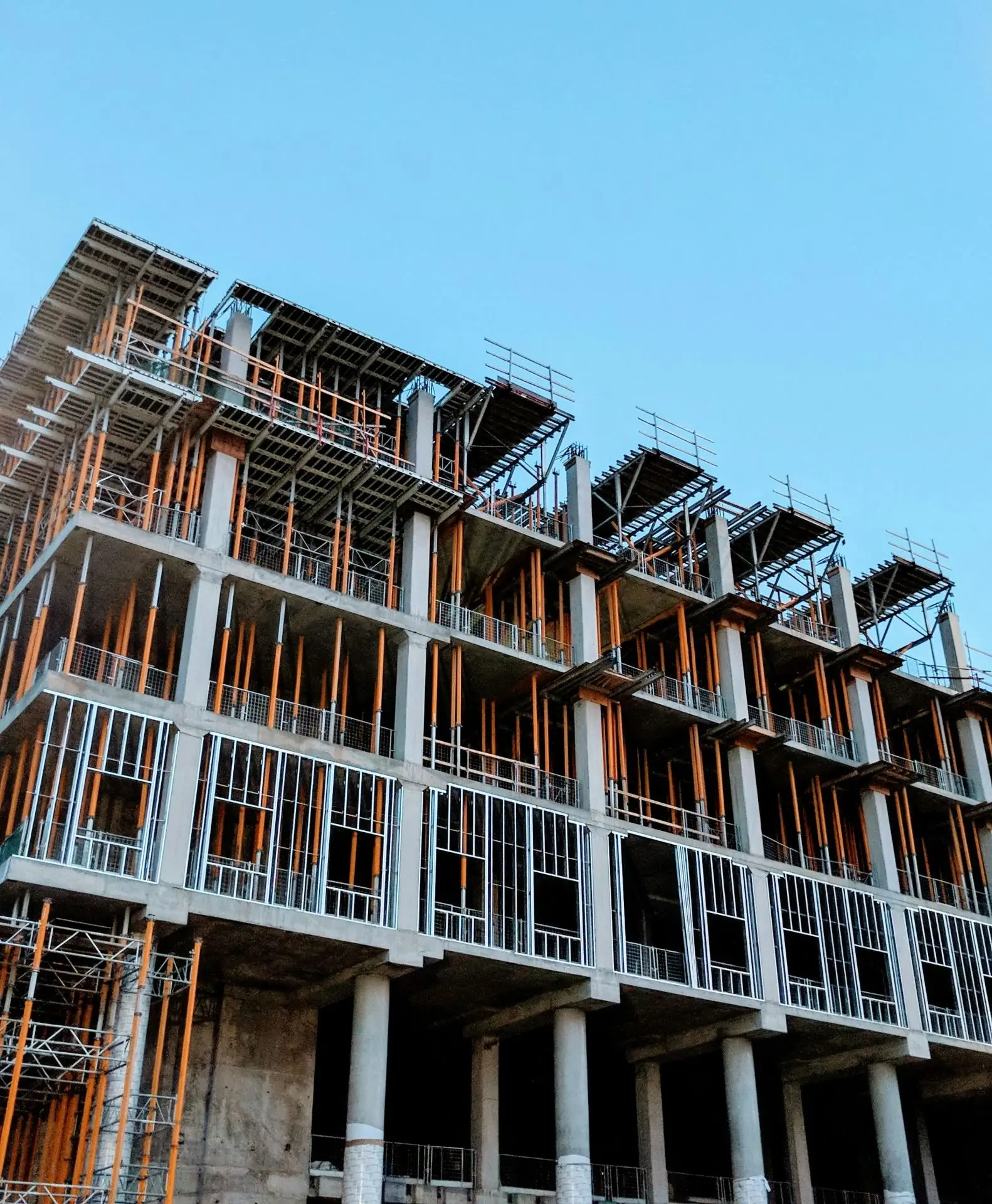Introduction
Is it Possible to Remove Strata Committee Members?
Yes, it is possible to remove members from a strata committee under certain conditions:
- Election at AGM: Each year, at the Annual General Meeting (AGM), a new strata committee is elected. Members from the previous term can stand for re-election if they choose. If previous members do not choose to stand again, their term comes to an end automatically.
- Removal by Owners Corporation: The owners corporation can vote to remove one or more strata committee members. This requires a general resolution passed at a general meeting.
- Tribunal Intervention: The NSW Civil and Administrative Tribunal has the authority to remove a strata committee or individual members of the committee under specific circumstances. These include:
- Failure to comply with NSW strata laws.
- Lack of due care or diligence in carrying out their duties.
- Engagement in serious misconduct.
These mechanisms ensure that strata committee members who are not performing their duties effectively or legally can be replaced to maintain the proper management of the strata scheme.
Get legal advice you can rely on.
Contact us today.
Process for Removing Strata Committee Members in a General Meeting
Under the amended strata laws effective from 2024, the process for removing a member of the strata committee has become more straightforward:
The owners corporation can now remove a member of the strata committee by passing an ordinary resolution at a general meeting. This is a change from the previous requirement, where a special resolution was necessary.
Once a member is removed from the strata committee by an ordinary resolution, they are ineligible to be appointed or elected as a member of the strata committee for a period of 12 months from the date of the resolution.
This amendment simplifies the procedure for removing strata committee members and establishes a clear consequence that prevents immediate re-election, thereby ensuring that the governance of the strata scheme can be refreshed or corrected as needed by the owners corporation.
Approaching NCAT for Removal of Strata Committee Members under Section 238
When considering the removal of strata committee members via the NSW Civil and Administrative Tribunal (NCAT), understanding the legislative framework and procedural steps is crucial for ensuring effective governance within strata schemes.
Section 238 of the Strata Schemes Management Act 2015 empowers NCAT to make orders affecting the composition of a strata committee. This section is designed to maintain proper governance by allowing for the removal of committee members who do not fulfill their legal responsibilities or who behave inappropriately.
Criteria for Removal
NCAT is authorised to remove strata committee members if they:
- Fail to comply with the Strata Schemes Management Act, its regulations, or the scheme’s by-laws.
- Do not exercise the necessary care and diligence required in their roles.
- Engage in serious misconduct that affects their ability to perform their duties effectively.
The case of Vojkovic v Savva expanded the understanding of Section 238 by clarifying that the conditions listed for removal are illustrative rather than exhaustive. NCAT may consider additional factors that might necessitate the removal of a committee member to protect the integrity and functionality of the strata committee.
Need for Substantial Evidence
NCAT’s decision to remove a committee member is not taken lightly and is based on substantial evidence. The Tribunal looks for clear violations of the law or the by-laws and not mere dissatisfaction with the committee member’s performance. Precedent cases, such as McDaid v The Owners Strata Plan No. 60346 and Lockrey v Rosewall, highlight the necessity for significant justification before NCAT intervenes in the internal affairs of an Owners Corporation.
Procedural Steps for Removal
- Mediation: The process begins with a mandatory mediation session through Fair Trading, aiming to resolve the dispute amicably.
- Application to NCAT: If mediation fails, an application to NCAT is required, wherein the applicant must clearly articulate the reasons for seeking removal and substantiate these claims with robust evidence.
- NCAT Hearing Process: Managing the NCAT process involves meticulous preparation, including the submission of relevant documents and, if necessary, presenting the case at a hearing. This might require legal assistance to ensure that the application is compelling and meets NCAT’s rigorous standards.
Lot owners and strata managers should approach the removal of a strata committee member with a thorough understanding of the legal requirements and the potential impact of such actions on the governance of their strata scheme. This approach ensures that any steps taken are justified, procedurally correct, and in the best interests of the strata community.
Speak to a Lawyer Today.
We respond within 24 hours.
Don’t Want to Remove a Committee Member? Try These Alternatives Instead
Removing a committee member from their position should be considered a last resort due to the potential divisiveness and reputational impact it can have on your strata body corporate. It’s important to carefully weigh the situation and explore all other avenues before initiating such a significant action. Here’s a guide to consider alternative solutions:
- Direct Communication: Often, issues can be resolved by simply discussing them. If a committee member’s behavior is causing concerns, a direct conversation might clarify misunderstandings or provide the individual with feedback on their role and responsibilities. This discussion could be facilitated by an appropriate representative from the committee.
- Mediation Services: Engaging a neutral third party to mediate can help resolve conflicts without the need for drastic measures. Under many organisational rules, such as the model constitution, mediation is a required first step before further actions can be taken. Mediation aims to find a mutually agreeable solution and is often successful in resolving disputes without further escalation.
- Waiting Out the Term: Committee members typically serve for a predetermined term, usually ending at the next Annual General Meeting (AGM). If a committee member’s term is nearing its end, and the issues aren’t severely impacting the association’s function, it may be practical to wait until the next election. This allows for the natural conclusion of their term without the need for formal removal.
- Non-Reelection: If the issue arises close to the term’s end, the association could opt not to reelect the member. This passive approach avoids the confrontation of a removal process and allows the member to complete their term, thereby minimising potential conflict or disruption within the organisation.
- Legal Consultation: In situations where the behavior of a committee member might have legal implications, or if the internal procedures do not resolve the issue, it may be necessary to seek legal advice. This can provide clarity on the rights of the association and the committee member, ensuring that any action taken is legally sound.
Each of these alternatives offers a way to address issues with a committee member without immediate removal. It’s crucial for the health and effectiveness of the association to handle such matters thoughtfully, ensuring that actions are fair, justified, and in accordance with the governing rules of the association.
Key Takeaways
Removing a member from a strata committee is a significant action with potential legal and relational impacts on the community. It is essential that such decisions are approached with due diligence and a comprehensive understanding of the legal frameworks and rights involved. Whether through direct removal at an AGM, intervention by NCAT, or alternative dispute resolution methods, each approach should be carefully considered and executed to ensure fairness and maintain harmony within the strata scheme. For strata managers and owners unsure about the process or contemplating the removal of a committee member, we’re here to answer all your questions. Contact us today!






